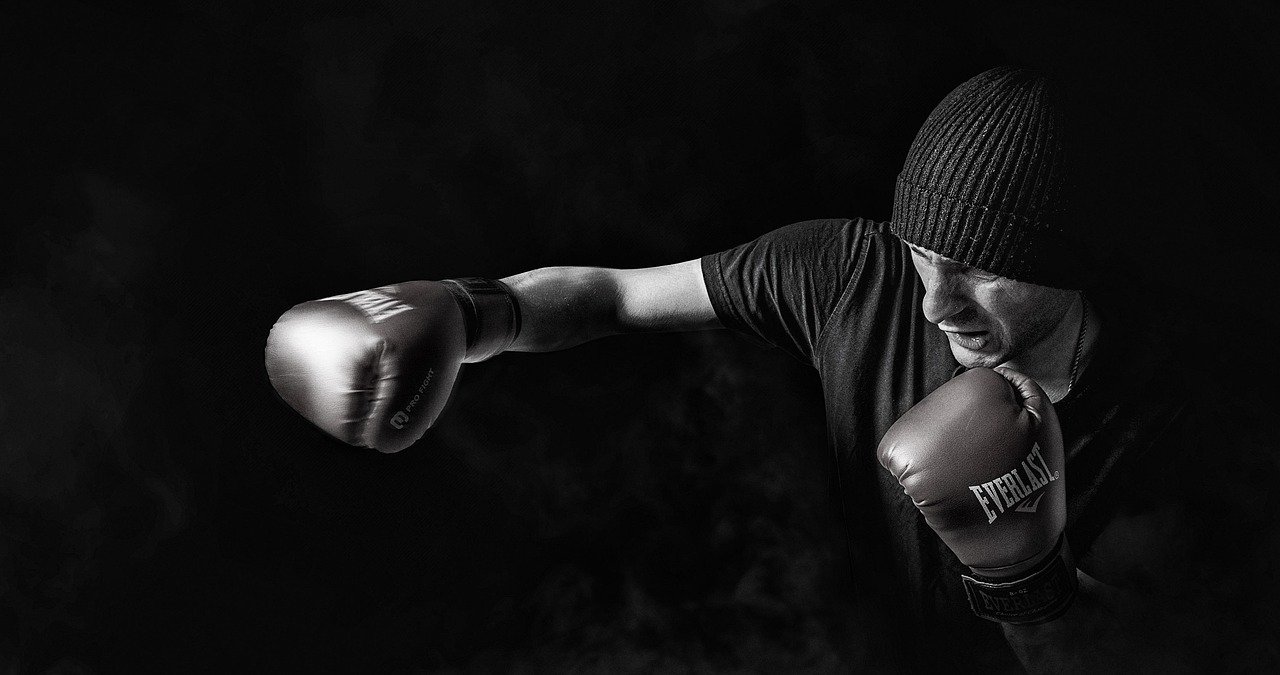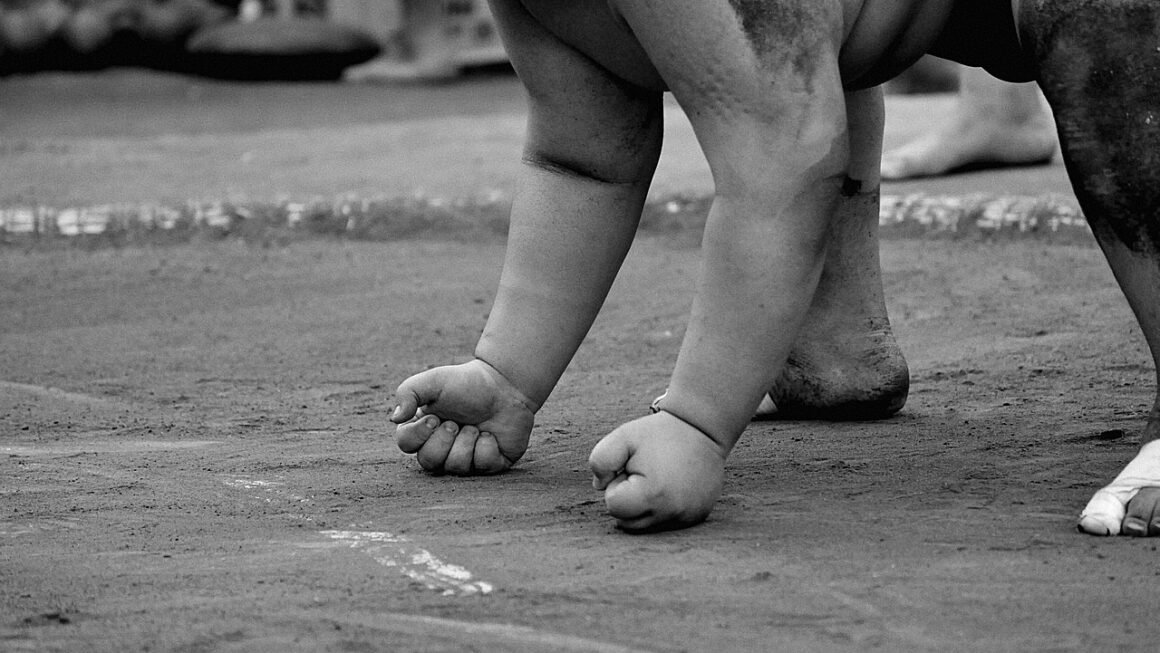Judo, often referred to as “the gentle way,” is much more than just a martial art; it’s a philosophy, a sport, and a rigorous discipline that shapes both the body and mind. Founded by Jigoro Kano in Japan in 1882, Judo has evolved into a globally recognized Olympic sport and a powerful self-defense system. Whether you’re considering stepping onto the mat for the first time or seeking a deeper understanding of this dynamic art, this guide will provide a comprehensive overview of judo’s origins, techniques, benefits, and more.
The History and Philosophy of Judo
Jigoro Kano: The Founder
Judo’s story begins with Jigoro Kano (1860-1938), a Japanese educator and athlete who sought to systematize and refine various jujutsu styles. Kano aimed to create a martial art that not only emphasized physical prowess but also fostered moral character and intellectual development. He removed dangerous techniques from jujutsu and focused on throws, grappling, holds, and submissions, creating a safer and more accessible practice.
Judo’s Core Principles
Judo’s philosophy is built on two fundamental principles:
- Seiryoku Zenyo (精力善用): Maximum efficiency, minimum effort. This principle encourages practitioners to use their opponent’s strength and momentum against them, rather than relying solely on their own brute force.
Example: Learning to execute a hip throw (O Goshi) involves using your opponent’s forward momentum and imbalance to lift and throw them, requiring significantly less strength than simply trying to push them over.
- Jita Kyoei (自他共栄): Mutual welfare and benefit. This principle promotes cooperation, respect, and mutual improvement among judoka (Judo practitioners). Training partners help each other learn and grow, fostering a sense of community and camaraderie.
Example: When practicing randori (free practice), partners work together to improve their techniques, giving each other opportunities to try different throws and submissions in a safe and controlled environment.
From Dojo to Olympics
Judo quickly gained popularity in Japan and spread throughout the world. In 1964, Judo was introduced as an Olympic sport in Tokyo, further solidifying its global status and recognition. Today, millions of people practice judo in dojos (training halls) worldwide.
Judo Techniques: Throws, Grappling, and Submissions
Nage-Waza (Throwing Techniques)
Throwing techniques are a cornerstone of Judo, aiming to unbalance and throw your opponent to the mat.
- Te-Waza (Hand Techniques): Throws that primarily use the arms to execute the throw, such as Tai Otoshi (Body Drop) and Seoi Nage (Shoulder Throw).
- Koshi-Waza (Hip Techniques): Throws that use the hips as the primary fulcrum, such as O Goshi (Major Hip Throw) and Uki Goshi (Floating Hip Throw).
- Ashi-Waza (Foot/Leg Techniques): Throws that use the legs to sweep or trip the opponent, such as O Soto Gari (Major Outer Reaping) and Ko Uchi Gari (Minor Inner Reaping).
- Ma Sutemi Waza (Rear Sacrifice Techniques): Sacrificing ones own position by falling to the ground to throw your opponent, such as Tomoe Nage (Circle Throw)
- Yoko Sutemi Waza (Side Sacrifice Techniques): Sacrificing ones own position by falling to the ground to throw your opponent, such as Yoko Gake (Side Body Drop)
Katame-Waza (Grappling Techniques)
Grappling techniques focus on controlling and submitting your opponent on the ground.
- Osaekomi-Waza (Holding/Pinning Techniques): Techniques to hold your opponent on their back for a specified period of time, resulting in an Ippon (full point). Examples include Kesa Gatame (Scarf Hold) and Kami Shiho Gatame (Upper Four-Corner Hold). Holding for 20 seconds results in a win.
- Shime-Waza (Choking Techniques): Techniques that restrict blood flow to the brain, causing submission. Examples include Hadaka Jime (Rear Naked Choke) and Okuri Eri Jime (Sliding Collar Choke).
- Kansetsu-Waza (Joint Locking Techniques): Techniques that apply pressure to a joint, typically the elbow, causing pain and submission. Examples include Ude Garami (Entangled Armlock) and Juji Gatame (Cross Armlock).
* Important Note: Kansetsu-Waza are typically only allowed on the elbow joint in Judo competition.
Ukemi (Breakfalls)
Ukemi are essential techniques for safely falling to the ground, minimizing the risk of injury. Learning proper breakfalls is crucial for both training and competition.
- Ushiro Ukemi (Back Breakfall): Falling backward and distributing the impact across your arms and back.
- Yoko Ukemi (Side Breakfall): Falling to the side and slapping the mat with your arm to absorb the impact.
- Mae Ukemi (Forward Breakfall): Falling forward and rolling to distribute the impact.
- Zempo Kaiten Ukemi (Forward Rolling Breakfall): Forward roll transitioning into a stand up position.
The Benefits of Practicing Judo
Physical Benefits
Judo offers a wide range of physical benefits, including:
- Improved Strength and Endurance: Judo training involves intense physical exertion, building strength, power, and stamina.
- Enhanced Flexibility and Agility: Judo techniques require a wide range of motion, improving flexibility and agility.
- Better Coordination and Balance: Judo develops coordination and balance through throwing and grappling movements.
- Weight Management: Judo is a physically demanding activity that can help with weight loss and maintenance.
- Improved Cardiovascular Health: The intense nature of judo workouts improves cardiovascular health.
Mental Benefits
Beyond the physical, Judo provides significant mental benefits:
- Increased Self-Confidence: Mastering Judo techniques and overcoming challenges boosts self-confidence.
- Improved Discipline and Focus: Judo requires discipline, focus, and mental resilience.
- Stress Reduction: Physical activity and the focus required for Judo can help reduce stress and anxiety.
- Problem-Solving Skills: Judo involves strategic thinking and problem-solving, both on and off the mat.
- Respect and Humility: Judo emphasizes respect for training partners, instructors, and the art itself, fostering humility.
Social Benefits
- Community and Camaraderie: Judo dojos provide a supportive community where practitioners can build friendships and learn from each other.
- Cultural Understanding: Judo is rooted in Japanese culture and provides opportunities to learn about and appreciate this rich heritage.
Getting Started with Judo
Finding a Dojo
The first step is to find a reputable Judo dojo (training hall) in your area. Look for dojos with experienced instructors and a positive learning environment.
- Consider the instructor’s qualifications: Look for instructors with certifications from recognized Judo organizations (e.g., US Judo Federation, Judo Canada, British Judo Association).
- Observe a class: Attend a class to observe the teaching style, the atmosphere, and the skill level of the students.
- Talk to current students: Ask current students about their experience at the dojo.
- Check for affiliations: Some dojos are affiliated with larger Judo organizations. These affiliations can provide additional resources and opportunities.
Essential Equipment
You’ll need a Judo gi (uniform) to participate in training. Gis come in different weights and materials. A lighter gi is often recommended for beginners.
- Gi Selection: Purchase a Judo gi from a reputable supplier. Ensure the gi fits properly, allowing for freedom of movement. White is the traditional color. Blue is commonly used in competition for ease of scoring.
- Belt (Obi): A Judo belt signifies your rank. Beginners typically start with a white belt.
- Mouthguard (Optional): A mouthguard is recommended for sparring to protect your teeth.
What to Expect in Your First Class
Your first Judo class will likely involve:
- Warm-up exercises: Preparing your body for the physical demands of Judo.
- Basic breakfall practice (Ukemi): Learning to fall safely.
- Introduction to basic Judo techniques: Learning fundamental throws and holds.
- Etiquette and Dojo Rules: Understanding the proper etiquette and rules of the dojo.
- Cool-down exercises: Stretching and relaxing your muscles.
Ranking System
Judo uses a ranking system to denote a practitioner’s skill and experience.
- Kyu Grades (Below Black Belt): Typically denoted by colored belts (e.g., white, yellow, orange, green, blue, brown). The exact color sequence may vary by organization.
- Dan Grades (Black Belt and Above): Denoted by black belts (1st Dan to 5th Dan), red and white belts (6th Dan to 8th Dan), and red belts (9th Dan and 10th Dan).
Judo in Competition
Scoring
Judo competitions are scored based on the effectiveness of throws, holds, submissions, and penalties.
- Ippon (One Point): A decisive throw, pin (held for 20 seconds), submission, or penalty resulting in an automatic win.
- Waza-Ari (Half Point): A near-decisive throw or pin (held for 15-19 seconds). Two Waza-Ari equal an Ippon.
- Yuko (Advantage): A lesser throw or pin (held for 10-14 seconds). Yuko no longer contribute to the score.
- Shido (Penalty): Minor penalties awarded for stalling, passivity, or violating rules. Accumulated Shido can lead to disqualification.
Rules and Regulations
Judo competitions are governed by specific rules and regulations to ensure safety and fair play.
- Illegal Techniques: Techniques that are considered dangerous or against the rules are prohibited. These can include strikes, kicks, or applying joint locks to joints other than the elbow.
- Contest Area: The contest takes place on a mat (tatami) with specific boundaries.
- Judogi Requirements: Competitors must wear a properly fitted Judo gi.
- Sportsmanship: Competitors are expected to demonstrate respect and sportsmanship throughout the competition.
Competitive Benefits
Participating in Judo competitions offers several benefits:
- Testing Your Skills: Competitions provide an opportunity to test your skills against other Judoka.
- Improving Your Technique: The pressure of competition can highlight weaknesses in your technique and motivate you to improve.
- Building Confidence: Winning or performing well in competition can boost your confidence.
- Networking: Competitions provide an opportunity to meet other Judoka and build connections within the Judo community.
Conclusion
Judo is a multifaceted discipline that offers a wealth of physical, mental, and social benefits. From its historical roots and philosophical underpinnings to its diverse techniques and competitive aspects, Judo provides a challenging and rewarding experience for people of all ages and backgrounds. Whether you are seeking a comprehensive self-defense system, a physically demanding workout, or a supportive community, Judo has something to offer. So, take the leap, find a dojo, and embark on your journey to “the gentle way.”



